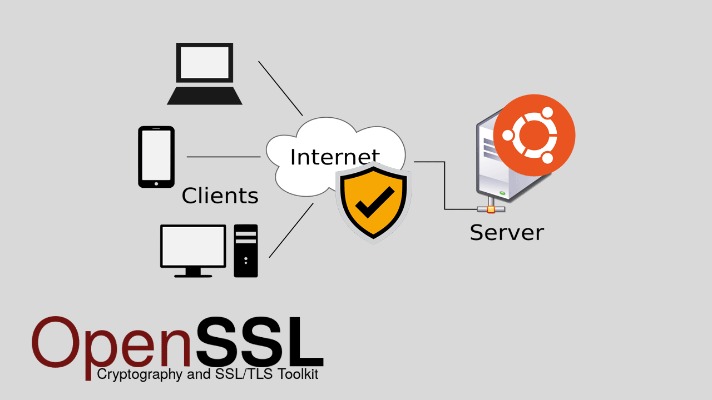Easy Steps For SSL Installation On Apache Servers
The options you will use are suggestions from Cipherlist.eu. This website is designed to offer easy-to-consume encryption settings for well-liked software. For a extra production-ready certificate answer, try Let’s Encrypt, a free certificates authority. You can learn to download and configure a Let’s Encrypt certificate in your organising Apache with a Let’s Encrypt certificates on CentOS 7 tutorial. Using this expertise, servers can send site visitors safely between the server and clients without the possibility of the messages being intercepted by outdoors parties.

Step 2: Set Up Openssl
Now that Apache is ready to use encryption, we are ready to move on to producing a new TLS certificates. The certificates will store some basic details about your web site me domain price, and shall be accompanied by a key file that permits the server to securely deal with encrypted knowledge. Lastly, you’ll be prompted for the key password, which is thepassword particularly for this Certificates (as against any otherCertificates stored in the same keystore file). The keytool promptwill let you know that urgent the ENTER key mechanically makes use of the identical passwordfor the key because the keystore.
Step 4: Save Your Apache Configuration File And Restart Your Server
- While self-signed certificates may be helpful for some testingscenarios, they do not appear to be appropriate for any form of production use.
- If the server is to answer each HTTPS and HTTP requests, both VHost blocks are required.
- If this doesn’t work, the next sectioncontains some troubleshooting tips.
- To encrypt the connection to your website, SSL certificates are commonly used to establish a secure connection.
- After we have validated and issued your SSL certificates, you can install it in your Apache server (where the CSR was generated) and configure the server to use the certificates.
In case of a firewall on your system, set it up to enable HTTP traffic and HTTPS traffic to your machine. And you should see the standard Tomcat splash web page (unless you have modifiedthe ROOT net application). If this does not work, the following sectioncontains some troubleshooting ideas.
If you alter the port number here, you should also change the value specified for the redirectPort attribute on the non-SSL connector. This permits Tomcat to automatically redirect users who attempt to access a web page with a security constraint specifying that SSL is required, as required by the Servlet Specification. The configuration choices and information on which attributesare mandatory, are documented in the SSL Help part of theHTTP connector configurationreference. Make certain that you use the right attributes for the connector youare utilizing. The NIO and NIO2 connectors use JSSE except the JSSE OpenSSL implementation isinstalled (in which case it helps both the JSSE or OpenSSL configuration styles),whereas the APR/native connector makes use of APR. Tofurther enhance the security of your web site, you need to consider to make use of theHSTS header.

